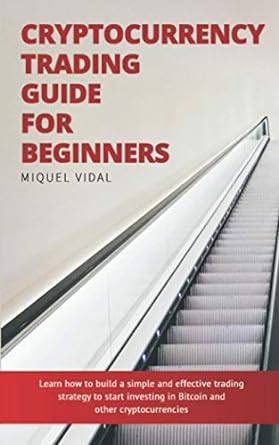Question
AFR journalist Vesna Poljak wrote the fascinating article 'Whats a start-up really worth' in November 2020. Excerpts are shown below, but you can skip reading
AFR journalist Vesna Poljak wrote the fascinating article 'Whats a start-up really worth' in November 2020. Excerpts are shown below, but you can skip reading this and answer the question immediately:
If Charlie Munger is right that earnings before interest, tax, depreciation and amortisation are bullshit earnings, and presenting adjusted EBITDA is basic intellectual dishonesty, someone should ask the 96-year-old Berkshire Hathaway vice-chairman what he thinks of revenue multiples.
Its a necessary evil of this bull market that so many companies are now valued on multiples of their sales, as opposed to profits, typically because they dont have any of the latter. Its also impossible to ignore that real money investors are backing businesses at multi-unicorn valuations, meaning that capital is being allocated on an assumption lying somewhere between a considered ability to correctly recognise future growth, and magical thinking.
The idea is that, eventually, these businesses will arrive at a point where their constant reinvestment in sales and marketing, customer acquisition, and systems and process (all items that appear below the revenue line) will no longer be necessary, thereby allowing profits to suddenly crystallise.
Our baby unicorn is now a cloud-based workhorse with stunning margins, low operational costs, a market-dominant position and loyal customers totally insensitive to price increases.
Forecasts and evangelical founders are the natural enemies of a sound mind. These businesses are very different compared to the typical mature business, says PwC partner Richard Stewart. Theyre very heavily intangible-asset focused so traditional accounting doesnt describe the performance of the business well.
Theyre also very risk intensive: its a bit like theyre climbing Everest, theyve got halfway and theres still a long way to the summit. The start-up sees how far theyve come from base camp, the investor sees how far they have to go.
EY partner Michael Fenech said that once upon a time, revenue multiples were used to value companies in very limited circumstances. Now, revenue multiples have emerged as one of the primary valuation methodologies that people are using, which concerns people like myself.
A robust valuation should be underpinned, wherever possible, by cash-flow forecasts, Fenech says. So if we see companies relying on revenue multiples, our level of scepticism is often heightened and we start asking other questions.
Which of the below statements is NOT correct?
a.
Charlie Munger is likely to favour EV-to-EBIT over EV-to-EBITDA multiples valuations, perhaps because he thinks that capital expenditure should equal depreciation and amortisation over the long term.
b.
Price-to-revenue multiples are always positive even for unprofitable companies, whereas EV-to-EBITDA and price-to-earnings ratios can be negative.
c.
PwC partner Richard Stewart is likely to think that DuPont ratio analysis is more appropriate for high growth technology firms rather than mature 'old economy' firms.
d.
EY partner Michael Fenech is likely to favour DCF valuations with perpetuity terminal values over price-to-revenue multiples valuations.
e.
Firms operating in industries with low competition, such as those with natural monopolies, are likely to have 'customers totally insensitive to price increases'.
Step by Step Solution
There are 3 Steps involved in it
Step: 1

Get Instant Access to Expert-Tailored Solutions
See step-by-step solutions with expert insights and AI powered tools for academic success
Step: 2

Step: 3

Ace Your Homework with AI
Get the answers you need in no time with our AI-driven, step-by-step assistance
Get Started


